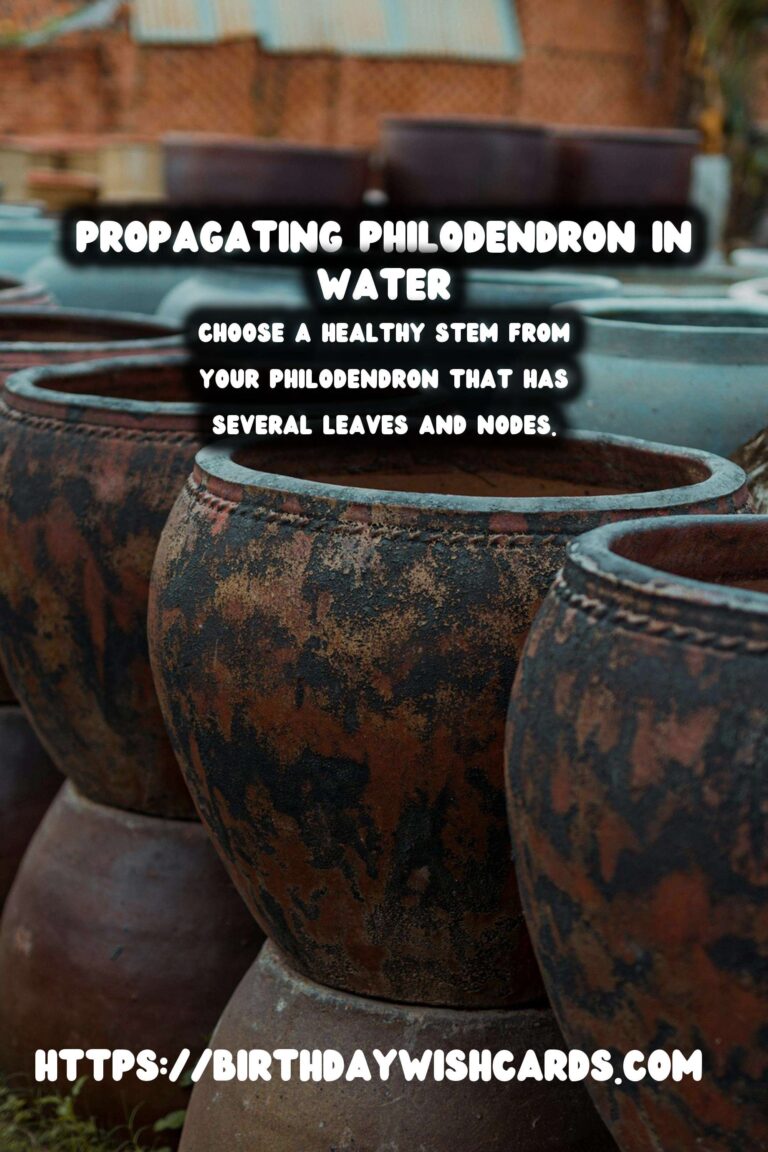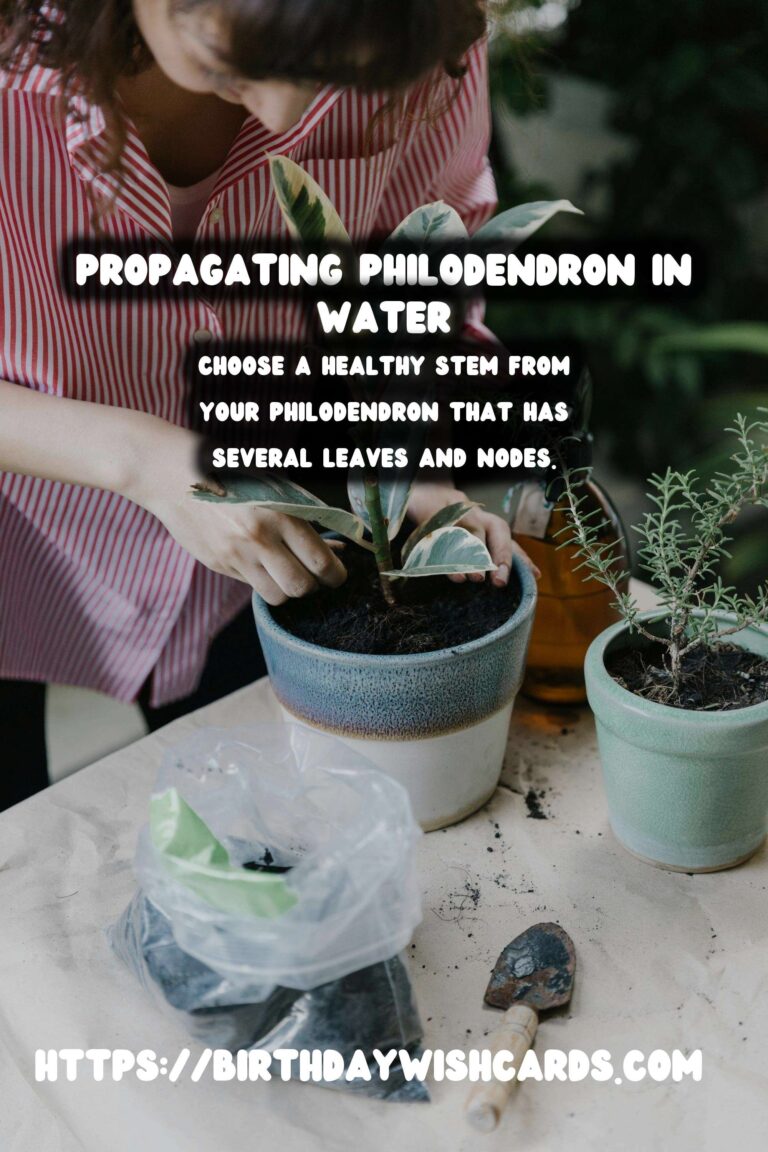
Philodendrons are popular houseplants known for their vibrant foliage and easy care requirements. Propagating these plants in water is a simple and effective way to expand your indoor garden. This guide will walk you through the steps to successfully propagate your philodendron in water.
Why Propagate Philodendrons?
Propagating philodendrons allows you to create new plants from your existing ones. This method is cost-effective and rewarding, giving you the chance to multiply your greenery without purchasing new plants. Additionally, propagating philodendrons can help rejuvenate older plants, keeping them healthy and full.
What You Need to Get Started
Before you begin, gather the following materials:
- A healthy philodendron plant
- Sharp scissors or pruning shears
- A clear glass or jar
- Clean, room-temperature water
- A bright, indirect light source
Step-by-Step Propagation Process
1. Select a Healthy Stem
Choose a healthy stem from your philodendron that has several leaves and nodes. Nodes are small bumps along the stem where new roots will develop. Make sure the stem is free from disease or damage.
2. Make the Cut
Using sharp scissors or pruning shears, cut the stem just below a node. Ensure the cutting is about 4-6 inches long and has at least two or three leaves. Remove any leaves that are too close to the cutting end to prevent rotting in the water.
3. Place in Water
Fill a clear glass or jar with clean, room-temperature water. Submerge the cutting in the water, ensuring that the nodes are fully submerged. The leaves should remain above the water to prevent decay.
4. Provide Proper Lighting
Place the glass or jar in a location with bright, indirect sunlight. Direct sunlight can scorch the leaves, while too little light can hinder root development. A north or east-facing window is often ideal.
5. Monitor and Maintain
Change the water every week to prevent stagnation and bacterial growth. Watch for root development over the next few weeks. Once roots are 1-2 inches long, your cutting is ready to be planted in soil.
Transferring to Soil
Once your philodendron cutting has developed a healthy root system, it’s time to transfer it to soil. Choose a pot with drainage holes and fill it with a well-draining potting mix. Plant the cutting, water it thoroughly, and continue to provide bright, indirect light.
Troubleshooting Common Issues
If your cutting is not developing roots, ensure it is receiving adequate light and the water is kept clean. If leaves begin to yellow, it may be due to overwatering or lack of nutrients. Adjust care as needed to encourage healthy growth.
Conclusion
Propagating philodendrons in water is a straightforward process that can greatly enhance your indoor plant collection. By following these simple steps, you can enjoy the satisfaction of growing new plants and sharing them with friends and family.
Philodendrons are popular houseplants known for their vibrant foliage and easy care requirements. Propagating philodendrons in water is a simple and effective way to expand your indoor garden. Choose a healthy stem from your philodendron that has several leaves and nodes. Place the glass or jar in a location with bright, indirect sunlight. Once your philodendron cutting has developed a healthy root system, it’s time to transfer it to soil. 









#Philodendron #PlantPropagation #IndoorGardening #Houseplants #GardeningTips




